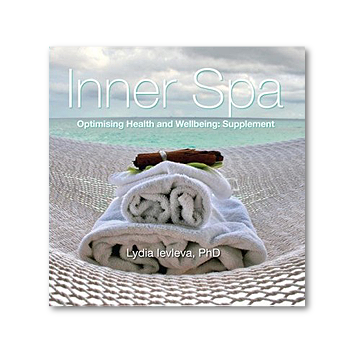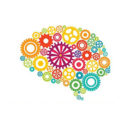Creating lasting change and well-being requires more than just the will to succeed. It requires the way that works, and is sustainable over time. Research advances on applying positive psychology strategies are leading the way to supporting methods for creating greater resilience and psychological well-being that are associated with better health and longevity (Diener & Chan, 2011; Kobau, et al., 2011; Kok, et al., 2013; Layous, Chancellor, & Lyubomirsky, 2014).
One of the most potent inner mental resources for accelerating and sustaining change are your mental images. Latest developments in neuroscience and positive psychology have demonstrated that drawing on your imagination with the practice of positive mental imagery is a far more powerful technique in boosting emotional wellbeing than standard CBT (Cognitive Behavioral Techniques). That is, the reach of mental imagery extends far beyond words, and is the major portal of your brain for transformation and neuroplasticity (Blackwell, et al., 2013; Ganis, Thompson, & Kosslyn, 2004; Hackman, Bennett-Levy, & Holmes, 2012; Homes & Mathews, 2010; Layous, Nelson, & Lyubomirsky, 2013).
Your imagination, therefore, is one of the most powerful inner mental resources for self-development. It is especially effective for facilitating and accelerating change – whether adapting to change, or changing patterns of how you think, act (and react), and feel. If you would prefer to be more in control over your destiny, and less victim to bad habits, worries and fears or conditioning, then taking better control over the images of your mind will lead the way.
References
Blackwell, S. E., Rius-Ottenheim, N., Schulte-van Maaren, Y. W. M., Carlier, I. V. E., Middelkoop, V. D., Zitman, F. G., Spinhoven, P., Holmes, E. A., & Giltay, E. J. (2013). Optimism and mental imagery: A possible cognitive marker to promote well-being? Psychiatry Research, 206, 56-61.
Diener, E., & Chan, M. (2011). Happy People Live Longer: Subjective Well-Being Contributes to Health and Longevity. Applied Psychology: Health and Well-Being. 3 (1), 1–43.
Ganis, G., Thompson, W., Kosslyn, S.M. (2004). Brain areas underlying visual mental imagery and visual perception: an fMRI study. Cognitive Brain Research, 20, 226-241.
Hackman, A., Bennett-Levy, J., & Holmes, E. (2012). Oxford Guide to Imagery in Cognitive Therapy (Oxford Guides in Cognitive Behavioural Therapy). London: Oxford University Press.
Holmes, E.A., & Mathews, A. (2010). Mental imagery in emotion and emotional disorders. Clinical Psychology Review, 30, 349-362.
Kobau, B., Seligman, M., Peterson, C., Diener, E., Zack, M., Chapman, D., & Thompson, W. (2011). Mental Health Promotion in Public Health: Perspectives and Strategies From Positive Psychology.American Journal of Public Health, 101, e1-9.
Kok. B.E., Coffey, K.A., Cohn, M.A., Catalino, L.I., Vacharkulksemsuk, T., Algoe, S.B., Brantley, M., & Fredrickson, B.L. (2013). How Positive Emotions Build Physical Health: Perceived Positive Social Connections Account for the Upward Spiral Between Positive Emotions and Vagal Tone. Psychological Science, 24(5), 1123-1132.
Layous, K., Chancellor, J., & Lyubomirsky, S. (2014). Positive activities as protective factors against mental health conditions. Journal of Abnormal Psychology, 123, 3-12.
Layous, K., Nelson, S. K., & Lyubomirsky, S. (2013). What is the optimal way to deliver a positive activity intervention? The case of writing about one’s best possible selves. Journal of Happiness Studies, 14, 635-654.
 Dive in to Soar
Dive in to Soar





